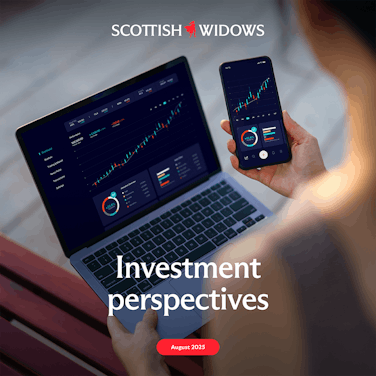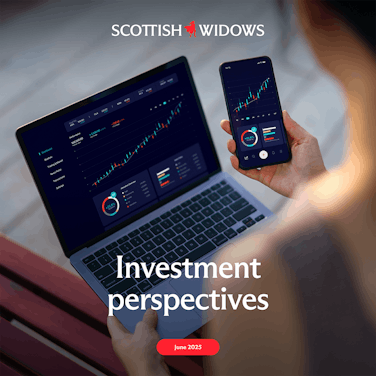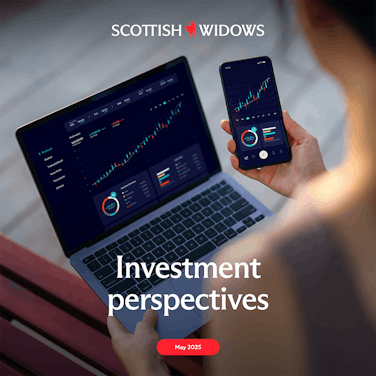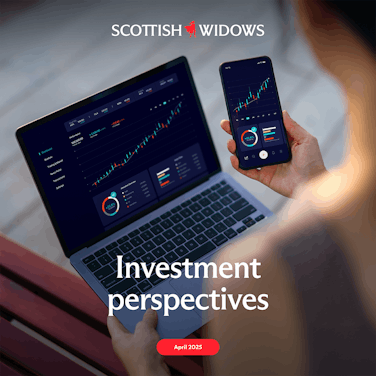
The benefits of using liquid alternatives in portfolio construction
Traditional investment strategies can fall short in navigating the complexities and volatility of today’s financial markets. Consequently, portfolio managers are increasingly turning to liquid alternative assets as a compelling solution for enhancing performance and diversification.
Liquid alternatives: expanding the investment toolkit
Liquid alternatives encompass a wide array of investment strategies that are not confined to the traditional categories of stocks and bonds. This includes hedge funds, managed futures, commodities, real estate investment trusts (REITs), and other instruments that offer daily liquidity.
There are five key benefits of using liquid alternatives:
1. Enhanced diversification: a smarter way to manage risk
Liquid alternatives are not directly correlated with equities and bonds and can help mitigate risk during fluctuating economic conditions and improve risk-adjusted returns. For instance, while equities may decline during market downturns, liquid alternatives such as commodities or hedge funds, may perform differently, thereby smoothing out overall portfolio performance.
2. Access to non-traditional strategies: broadening the investment horizon
Including liquid alternatives offers exposure to a diverse range of investment strategies that are typically inaccessible through traditional asset classes. This includes alternative risk premium, long/short equity, and global macro strategies. This enables portfolio managers to take advantage of niche opportunities and trends that traditional investments may overlook, potentially boosting returns.
3. Flexibility and liquidity: agility without the compromise
Liquid alternatives provide investors with flexibility and immediate access to their capital, in contrast to many traditional hedge funds with lengthy lock-up periods. The ability to quickly enter and exit positions enhances agility in portfolio management, allowing portfolio managers to respond quickly to changing market conditions. This liquidity is particularly beneficial during periods of heightened uncertainty, when swift action can help to capitalise on emerging opportunities or to safeguard against losses.
4. Risk management: strengthening portfolio resilience
Liquid alternatives can strengthen a portfolio by improving risk management. They use tools like options, swaps, and futures to protect against market downturns. They also utilise advanced models to assess exposure to various risk factors, such as market risk, credit risk, liquidity risk, and others, enabling managers to identify and mitigate potential vulnerabilities in their portfolios.
5. Competitive performance: delivering results in diverse market conditions
Historically, liquid alternative assets have demonstrated a capacity for competitive performance in various market environments. With the increasing sophistication of investment strategies and the ability to adapt to market changes, many liquid alternatives have outperformed traditional assets over different time horizons. This potential for alpha generation makes them an attractive addition to portfolios, particularly in a low-return environment.
The challenges facing alternatives
While the benefits of liquid alternatives are clear, there are significant access and ownership challenges that must be addressed to fully realise their potential:
1. Access challenges
- High minimum investments: this is one of the most common barriers to accessing liquid alternatives which can exclude individual investors and smaller institutions.
- Limited availability on platforms: hedge funds often do not appear on UK investment platforms due to regulation, targeting, complex strategies, liquidity preferences, cost structure, and capacity.
- Regulatory barriers: some funds may only be available to accredited investors and face strict compliance rules.
2. Ownership challenges
- Lack of transparency: information about strategies, performance, and fees is often limited and this lack of transparency can deter potential investors.
- Complex strategies: hedge funds often use complex investment strategies that include leverage, derivatives, and short selling. These strategies may be difficult for retail investors to understand. As a result, hedge funds may prefer direct relationships with their investors, ensuring that those involved fully understand the risks and complexities associated with their investments.
- Due diligence requirements: by thoroughly researching managers, understanding strategies, evaluating risk management frameworks, and maintaining continuous oversight, investors can make informed decisions that align with their investment.
Final thoughts
We believe adding liquid alternatives to portfolios offers clear benefits: greater diversification, access to innovative strategies, better risk management, and stronger performance potential.
As markets grow more complex, improving access to and understanding of liquid alternatives will enable more investors to benefit from these advanced strategies. Proactive solutions are essential to fully realise the value that liquid alternative assets can bring to investors.




























